Podrushnik is a small flat pad for making ground prostrations. Podrushnik was introduced to Russia from Byzantium, together with the Christian faith.
The podrushnik carries three inseparable meanings: hygienic, practical and symbolic.
The importance of hand cleanliness before prayer is inherited by Christianity from the Old Testament times. The Holy Fathers said that the spiritual purity of the Christian must be matched by bodily purity, for “Do you not know that you are the temple of God and that the Spirit of God dwells in you?” (Cor. 3:16).
“All the faithful, men and women, rising in the morning from sleep, before taking up any work, let them wash their hands and pray to God, and thus let them proceed to their work.” (St. Hippolytus of Rome, Apostolic Tradition, v. 41).
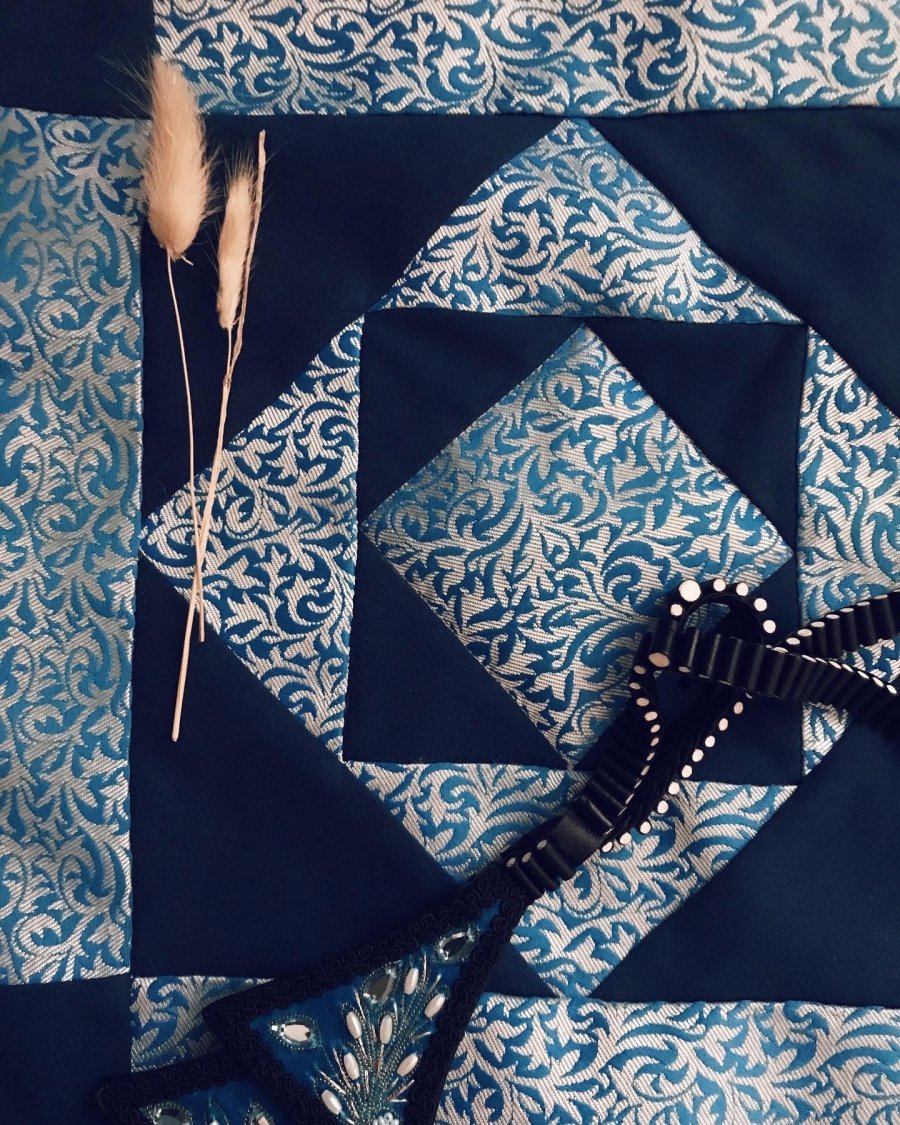
According to the pre-Raskol rules, ground prostrations are always present in the divine service and home prayer ( first of all, the seven bow beginning), even on Easter days; but in the services of Great Lent, practically all bows are ground prostrations, and the floor is never absolutely clean. We make the holy sign of the cross with our hands before we make the bow. And not just put it on ourselves, but sanctify ourselves with it one by one: our mind, our inner feelings, our body. And how to sanctify something unclean is impossible to imagine. Or how to take a prosphora in our hands after the liturgy? Clean hands are absolutely necessary for a mindful praying person.
After making the sign of the cross, the outstretched palms of both hands with the lestovka are placed on the podrushnik, both side by side, and then the head is bent to the ground so much that the head touches the hands on the podrushnik; the knees are also bent to the ground together, without spreading them.

The hygienic purpose of a podrushnik is closely intertwined with the aesthetic aspect. It is much more pleasant to see a special pad for prostrations in front of a praying person than a newspaper or a bag. This is the true culture of prayer.
Every time a Christian lays his or her hands brokenheartedly in ground prostration on podrushnik, it warms his or her heart to believe that God is just as “soft” toward us, despite our sins. And the Christian himself must be “soft” toward men. For, “And just as you want men to do to you, you also do to them likewise.” (Luke 6:31)
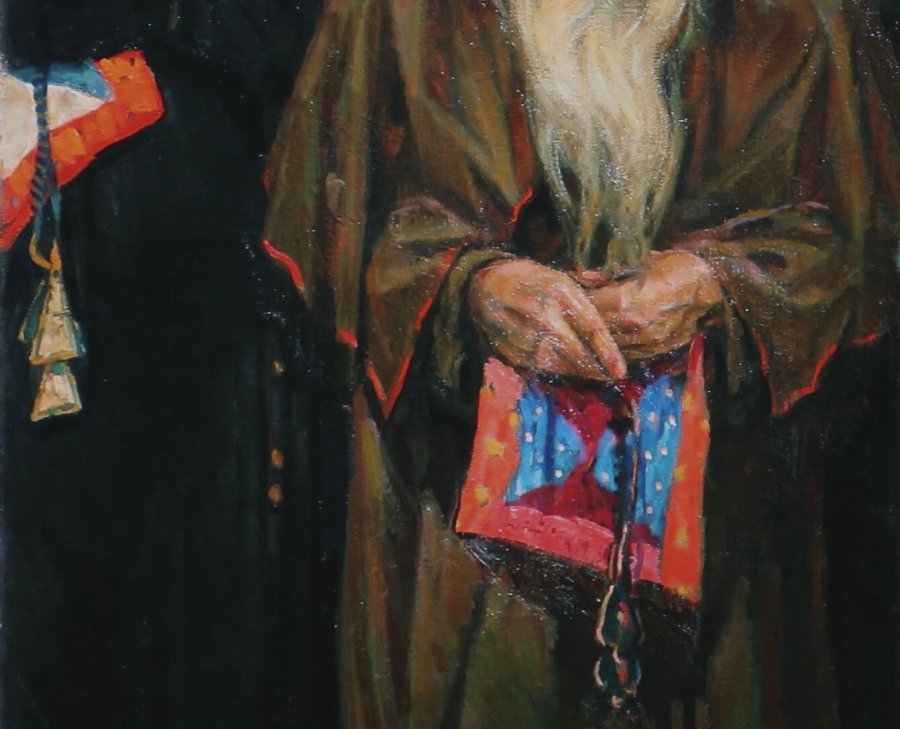
The podrushnik consists of two sides: the “ foul” side, with which it comes into contact with the floor, or the place where one sits, and the “clean” side, on which one places one's hands directly. Some Priestless have a more refined version - with a sewn-in handle, so as not to inadvertently touch the “ foul” side.
The turnover of the podrushnik is made of solid dark fabric, so that it differs from the clean front side. The “clean” side is decorated with flaps arranged according to certain symbolism associated with the Holy Scriptures. The variations of symbolisms are many. And each denomination has its own peculiarities. In the carousel, we will give only the basic symbolisms. They can be combined among themselves according to a logical principle.
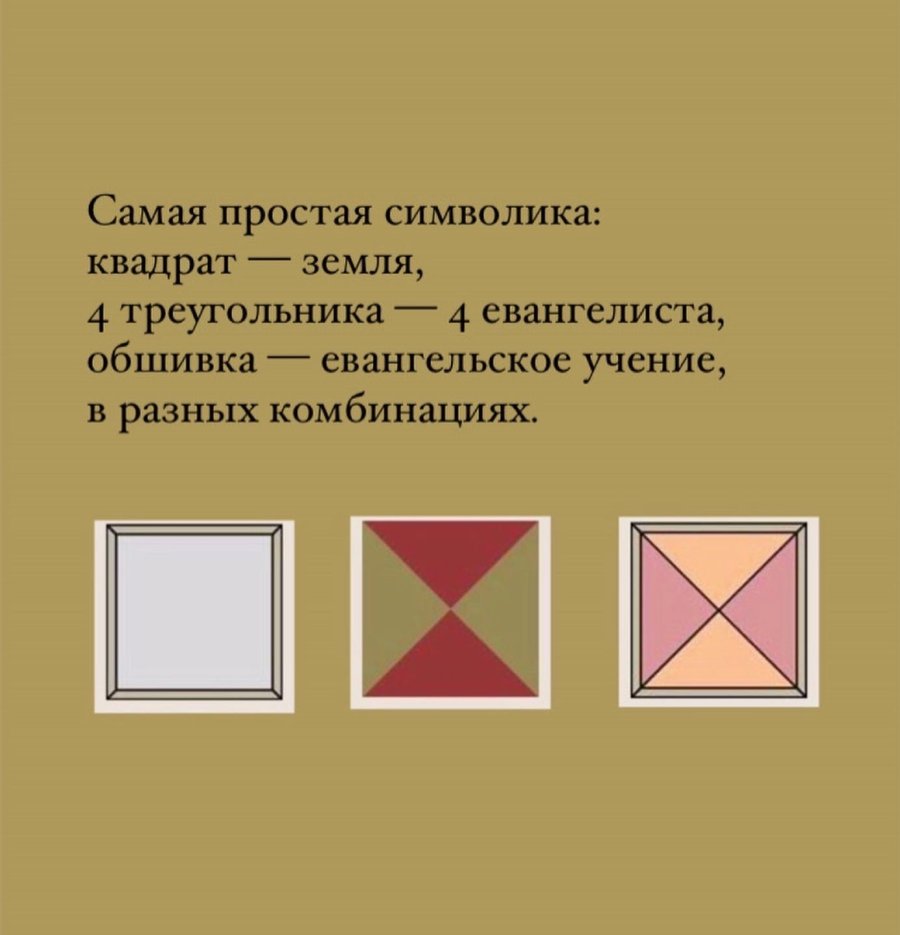



The square shape of the podrushnik symbolizes the earth (the four ends of the earth, the universe), where, according to the words of the Lord, “And this gospel of the kingdom will be preached in all the world as a witness to all the nations, and then the end will come.” (Matthew 24:14).
As the soft podrushnik is pleasant to the hands, so the Holy Gospel Teaching symbolized by it is pleasant to the heart of the Christian. Thus, a clean and soft podrushnik reminds us of the necessity to keep our heart in purity and not to let it become cold, humbling it before God: “Create in me a pure heart, O God... God will not humiliate a pure and humble heart” (Psalm 50).
The podrushnik should be kept in exemplary cleanliness. After prayer, if there are several of them, they are stacked so that the “clean” side does not come into contact with the “foul” side, the lower one is placed with the “foul” side downwards. When the podrushnik is placed on the table, on the analoy, in a pocket, or tucked behind a belt, it must be folded in half so that the “foul” side is inside.
The living tradition is characterized by practicality, continuous development and multiplicity. And the Old Belief is a unique, living medieval culture.
The podrushnik from its purely practical purpose of a mat for ritual purity underwent many variations to their later symbolic interpretation .
On the engraving in an Old Believer prayer room one can see real prayer rugs, obviously closer to the Byzantine original. However, only late 19th c. podrushniks have survived up to this day.
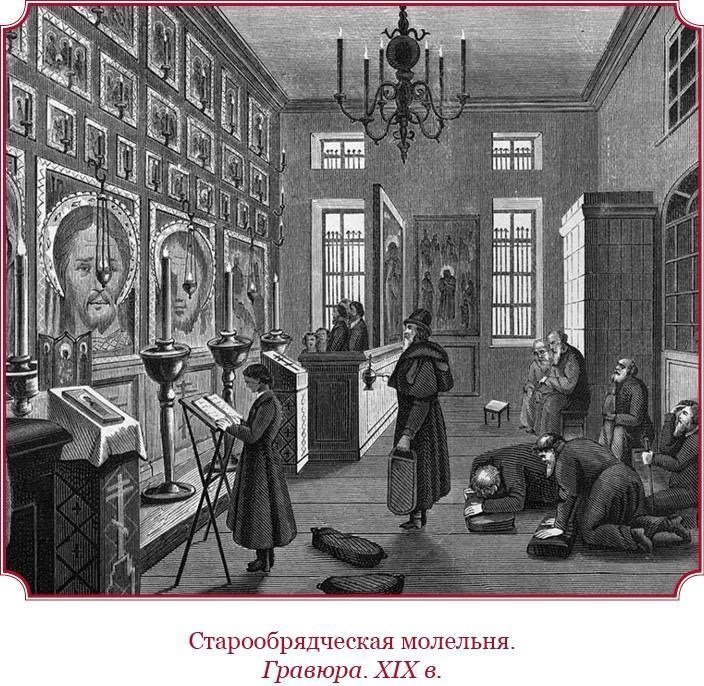
Let us consider the most interesting examples of their diversity:
Ural Chasovenny podrushniks are simple and graphic, small in size. On 9 flaps and 12 flaps; or even smaller.
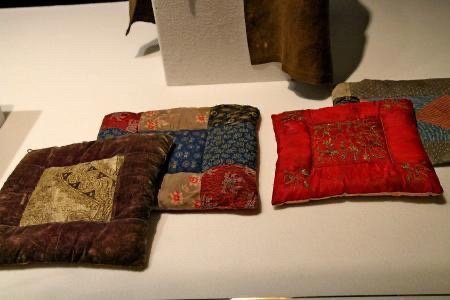

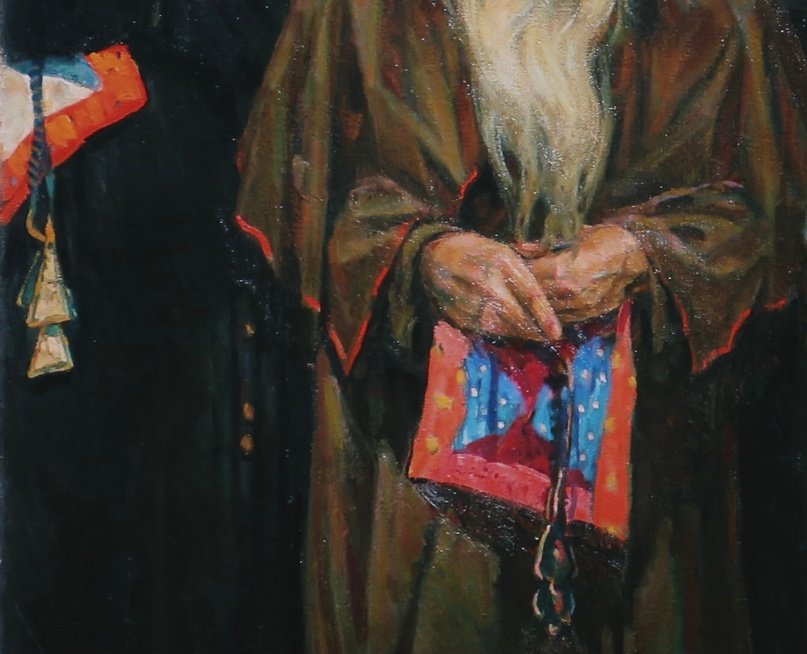
Priestless Fedoseyan podrushniks are characterized by special refinement. Often they have a handle sewn to the clean side (“third”, “semi-clean” side), which can even be decorated with gold sewing. The patterns are varied, up to swastika patterns.
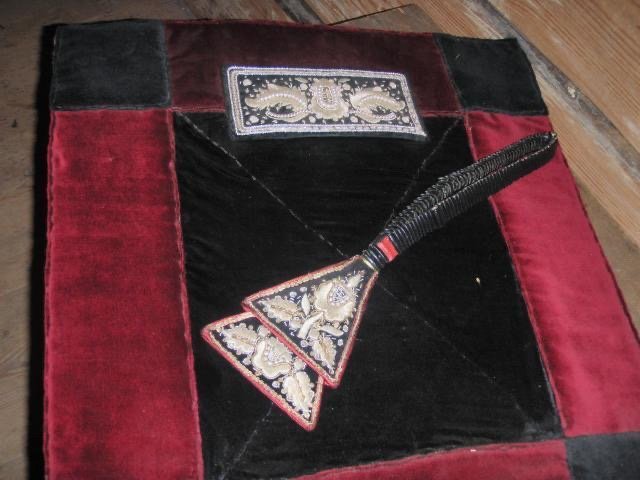

The Priestly are known for their love of one kind “for 12 triangles” (fig.4). Truly, the “classicists” of Old Believers' culture.


Many Old Believers (of course, especially the Priestless) have home (dense, made of tactilely pleasant fabrics) and travel (thin) podrushniks, as well as lestovki: church, home and travel. This division has a root effect on the “quality” of the realization of sacredness.
Ritual objects from ancient times helped man literally, kinetically, to delimit the sacred from the ordinary. The inner was inextricably linked to the outer. This is vividly expressed in Islamic ritual practice (ablution, mats for namaz, multi-layered head covering for women, etc.), it is preserved in the Old Belief. Some Priestless even perform hand washing before prayer. Nothing surprising here: the whole ritual culture of Islam came out of Middle Eastern Christianity.
The ritual division into clean and unclean is neither pagan nor Islamic, as many claim, but typically Abrahamic. “There is order, and there is disorderliness,” they say in the Urals.
The division of the zones of life into sacred and profane is an indicator of the depth of ancient religious culture, and this is its main difference from the culture of modernity.
We thank ethnologist Vyacheslav Pechnyak for his invaluable help in preparing the material. Here you can watch our conversation about the podrushnik and the culture of prayer.
Author: Varvara Churakova. Source: https://t.me/aesthetica_russkoi_very


